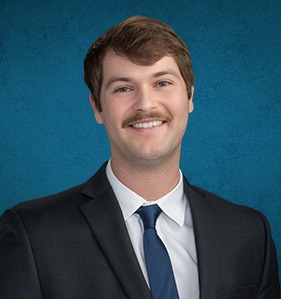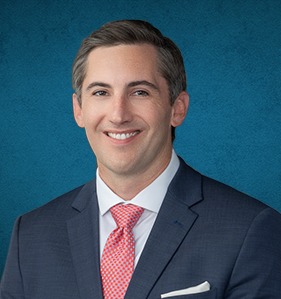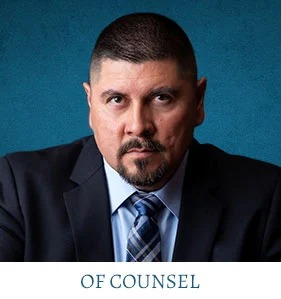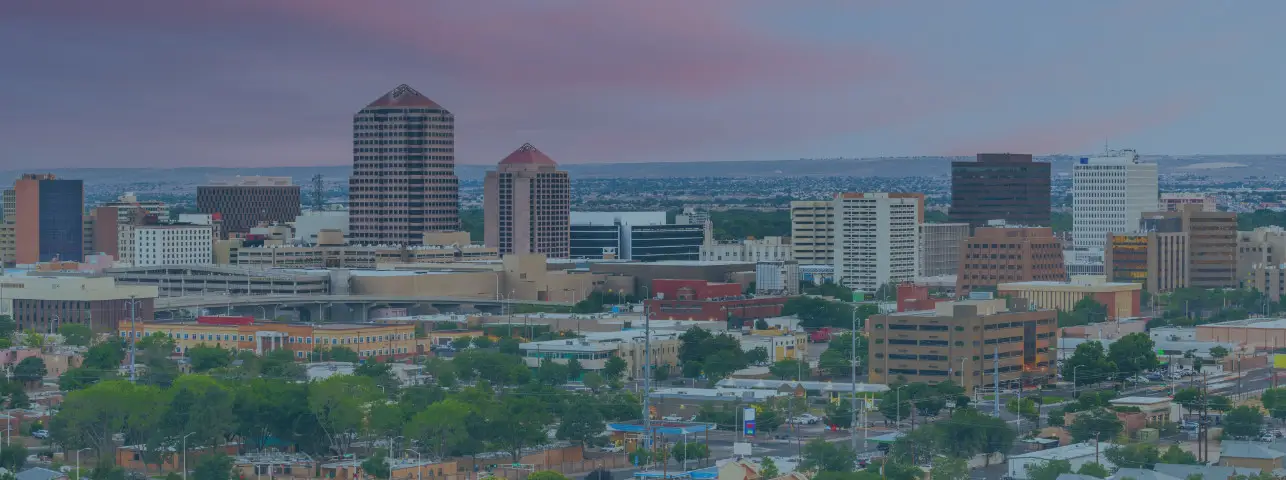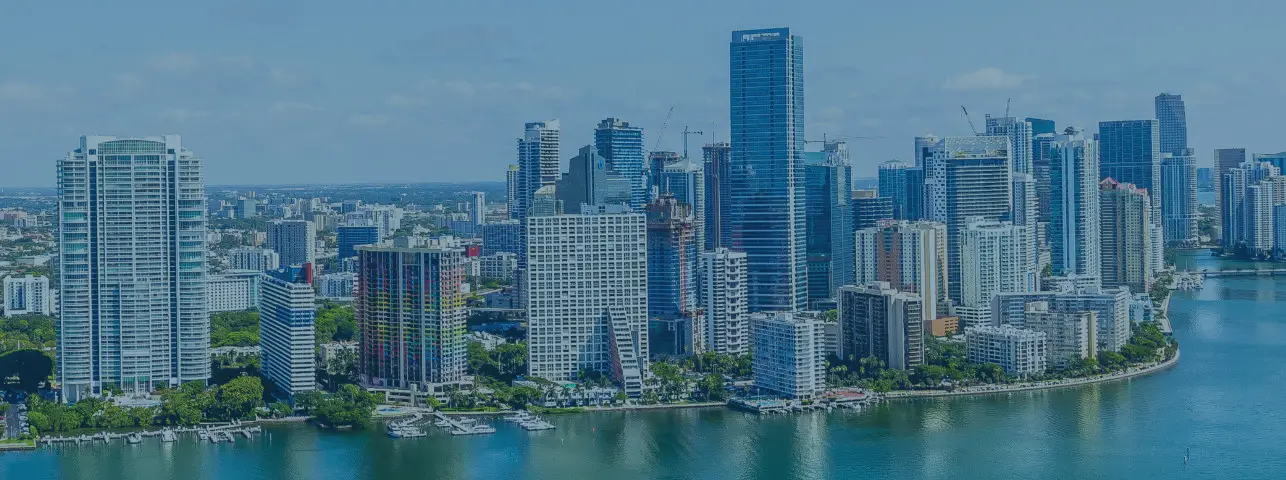https://zindalawgroup.wistia.com/medias/yj3me7ncd8
San Antonio’s hot weather makes it great to enjoy a day at the pool or beach in the summer. However, if someone doesn’t take the proper precautions, they could be liable for a drowning accident. If the victim survives, drowning accidents can cause severe injuries that last a lifetime, such as permanent brain damage and disability.
If you almost drowned or a loved one drowned in San Antonio, talk to a Zinda Law Group injury lawyer. Our San Antonio drowning accident attorneys can answer your questions about your case during a free consultation.
How Can a San Antonio Drowning Accident Lawyer Help You?
If you or a loved one have been involved in a drowning accident, a San Antonio drowning accident lawyer can help you understand your legal options and how to pursue compensation for your damages. Here are a few legal tasks our team of San Antonio personal injury attorneys can help you with:
Filing a Lawsuit
Before you file a lawsuit, you should talk with a drowning accident lawyer to determine if it is the right step for your case. If you can provide enough information about the accident, a lawyer can help you pursue compensation.
According to Texas Civil Practice & Remedies Code section 16.003, the statute of limitations to file a lawsuit in Texas after a drowning accident is two years from the accident date. To successfully start a case, you must file a drowning accident claim before it’s been two years, so it’s best to talk to an attorney as soon as possible.
A lawyer can help you determine who to sue since several parties could be involved, such as pool owners, lifeguards, and insurance companies. If you lost a loved one, our San Antonio wrongful death attorneys can help you file a wrongful death lawsuit and fight for maximum compensation.
Building Your Case
Building a strong case for a drowning accident requires gathering key information and evidence. Our San Antonio drowning accident lawyer from our law firm can interview witnesses, medical experts and obtain records related to the accident, such as medical records, police reports, and insurance policies.
They can also assess the extent of your damages. We can help you recover damages such as:
- Medical bills
- Lost wages
- Funeral and burial expenses, if you lost a loved one
- Loss of enjoyment of life
- Loss of consortium
- Mental anguish
- Pain and suffering
By providing a comprehensive case showing the unsafe conditions that led to a near-drowning death or an accidental death, our San Antonio drowning accident lawyers can fight for the results you deserve.
Agreeing on a Settlement Amount
Negotiating a settlement with the defendant and their insurance company can be challenging and complex. A San Antonio drowning accident lawyer can help you address any defenses raised by the defendant, such as the assumption of the risk or contributory negligence. They can also represent your interests and negotiate a settlement amount that fairly compensates you for your losses.
Even though the longest part of litigation is building your case, the most difficult part could be arriving at a settlement amount that both parties are happy with. The defendant and the insurance adjusters will likely try to limit their liability by raising defenses. The defenses the defendant might raise include the following:
- The assumption of the risk.
- Meaning that you knew how dangerous the activity was before you participated in it, and contributory negligence.
- Meaning that your negligence contributed to the cause of the accident.
A Texas personal injury lawyer can address defenses appropriately and preserve the strength of your claim so that you can get the right settlement amount. If the parties cannot agree on how much compensation you deserve, you may go to trial to try to recover for your injuries.
Helping You Pursue Fair Compensation
If a settlement cannot be reached, a lawyer from our law firm can represent you in court and argue your case before a judge or jury. A successful outcome in court may result in compensation for your damages.
A San Antonio drowning accident lawyer can provide valuable legal assistance and support if you or a loved one have been involved in a drowning accident. They can help you pursue financial compensation for your losses and hold the responsible parties accountable for their negligence.
For a free legal consultation with a drowning accidents lawyer serving San Antonio, call 800-863-5312
Who Can Be Liable in a Texas Drowning Case?
Determining what parties are at fault depends on the context of the accident. Common negligent parties include:
Publicly Available Lakes and Pools
Many drownings occur in waters owned by private companies that have opened their property to the public. Any owner who does this, especially for commercial reasons, is required by law to highlight potential hazards and bring swimmers’ attention to any drowning risks. When owners provide lifeguards, they are legally obligated to recruit qualified and trained candidates for the position.
In some situations, the lifeguard will be found to have been negligent. When performing an employee’s duties, their employer is usually liable for their negligence. This means that if a drowning occurred and the lifeguard was not taking reasonable care to keep patrons safe, the owner of the pool or lake can be held liable.
Family Pools and Lakes Owned by Individuals
If the unthinkable happens and your child drowns while swimming in a lake or pool that they were invited to, the individual who invited your child might be liable for the drowning. In situations like this, a court could find that your trust in that person to protect your child was reasonable, and they failed to do so due to a lack of supervision.
If the individual did not have any safety features or barriers meant to block water access, this could also count in your favor. As we talked about earlier, in situations where a child trespasses onto private property, it is still possible that the owner is liable, as water is often considered an attractive nuisance.
Drowning Accident in San Antonio lawyers near me 800-863-5312
What to Do After a Drowning Incident
If you or a loved one has drowned or partially drowned, you might not have time to focus on anything but making sure the victim regains consciousness and breath. Here are the steps to take following a drowning accident:
Try to Get the Victim to Breathe
Do whatever you can to get the victim to breathe again if the victim is unconscious and not breathing. Lifeguards on duty should know CPR and be able to begin rescue breathing and chest compressions as a part of near-drowning treatment.
The lifeguard should not give up quickly on the victim or say that the victim is past help since even victims who have been unconscious for a while can be revived. If the victim was swimming in a cold lake or pool, remove his or her clothes and wrap the victim in warm towels so that they do not get hypothermia.
While the lifeguard is trying to get the victim to breathe, call 911. Even if the lifeguard can resuscitate the victim, the victim might need emergency medical treatment to fully recover. If the victim survives, you should make sure that they visit a doctor.
Visiting a doctor provides evidence of your injury. As you visit the doctor, record which doctor you visited, when you went, what the visit was for, and all your diagnoses and treatments. This is important for showing the extent of your injuries.
Go Back to the Scene
It might be difficult to return to where the tragedy occurred, but that place can hold key evidence to help with your claim. Additionally, the sooner you do this after the accident, the more accurate the evidence will be. Dangerous sections may not have been marked, or there may not have been a sign indicating whether a lifeguard was on duty.
Take pictures of any signage and of where the accident took place. If you can track down people who were there when you or your loved one drowned or nearly drowned, find them and collect their contact information so your lawyer can interview them and see whether they would make good witnesses. These witnesses can substantiate your claim and strengthen your case in the future.
Click to contact our Texas Drowning Accident Lawyer today
Where do Drownings in San Antonio Happen the Most Often?
Unfortunately, drowning can happen anywhere that water is present. Most drownings will occur in areas where parents do not need to watch their children as closely, such as in public swimming pools where parents are trying to relax and count on the lifeguards to do this job. Here are the places where drownings in San Antonio most frequently occur:
Homeowner’s Pools
One of the benefits of living in a warm climate like San Antonio is that you can keep your pool open for most of the year. Therefore, many San Antonio homeowners have private pools. Homeowners and other property owners of private swimming pools can be found liable for drownings on their property, even if they did not invite the victim there.
Public Pools
Many businesses in San Antonio provide pools to the public for patrons to enjoy. Drownings can occur in any of these locations, especially if the owners are not careful enough. If a loved one has drowned in a public pool, investigate the safety measures the pool has invested in.
Investigate their hiring and training procedures for lifeguards and other safety personnel. Pools must comply with safety regulations; failure to do so could be a fatal mistake.
Condominium and Apartment Pools
Many apartment complexes offer pools to their residents to help get them through the hot summer months of South Texas. While everyone loves a cool dip in the pool, apartments still owe their residents a safe environment to relax.
Certain minimum safety standards should be followed, such as fencing the pool if it is outdoors and locking it if it is indoors when a lifeguard is not present. If no lifeguard is on duty, the pool should also take precautions by informing swimmers of this.
Complete a Free Case Evaluation form now
Talk to a San Antonio Drowning Accident Lawyer at Zinda Law Group
If you nearly drowned or a loved one drowned in San Antonio due to another party’s carelessness, we can help you. The lawyers at Zinda Law Group care about victims like you and can help you as you recover from the accident.
Our drowning accident attorney will evaluate your case in a free case consultation and see whether someone else is liable for the injuries and damages you suffered.
Call or text 800-863-5312 or complete a Free Case Evaluation form











